A Women’s Traditional Saree is a timeless piece of Indian heritage and fashion, reflecting cultural richness and elegance. Whether for a wedding, festival, or any grand occasion, traditional sarees are a perfect choice for adding grace, poise, and beauty. These sarees come in various fabrics, styles, and designs, each offering a unique appeal while maintaining a deep connection with India’s heritage.
Key Features of a Traditional Saree:
- Classic Draping Style: Traditional sarees are draped in various ways depending on the region, such as the Nivi drape (common in South India), Bengali drape, Gujarati drape, and more. These styles add an element of grace and sophistication to the overall look.
- Fabrics: Traditional sarees come in a variety of luxurious fabrics, such as:
- Silk: Known for its rich texture and vibrant colors, silk sarees are a staple in traditional Indian wear, especially for weddings and ceremonies.
- Cotton: Perfect for summer occasions, cotton sarees are comfortable and light yet elegant. They are often seen in traditional prints and weaves.
- Georgette/Chiffon: Lightweight and delicate, these fabrics are often used for more graceful, flowing sarees, which are perfect for both day and evening wear.
- Banarasi Silk: Famous for intricate brocade work and gold/silver zari, Banarasi sarees are synonymous with grandeur and are often chosen for weddings and festivals.
- Kanjeevaram: Originating from Tamil Nadu, Kanjeevaram sarees are made of heavy silk, known for their vibrant colors and traditional patterns.
- Chanderi: A combination of silk and cotton, Chanderi sarees feature delicate work, making them ideal for festive occasions.
- Intricate Embroidery and Zari Work: Traditional sarees often feature beautiful hand-embroidered designs, including intricate floral patterns, paisleys, and motifs. Zari work (gold or silver thread embroidery) is common in sarees for weddings or formal events.
- Rich and Vibrant Colors: Traditional sarees are available in a wide range of colors, from bright reds, golds, and pinks to pastels and soft tones. Each color holds cultural significance and varies for different occasions.
- Borders and Pallus: The border and pallu (the loose end of the saree) are often the highlight of traditional sarees, with detailed embroidery, zari, or contrasting colors that add drama and elegance.
Styling Ideas for a Traditional Saree:
- Wedding and Bridal Look: Choose a heavy silk or Banarasi saree in rich colors like red, gold, or deep maroon for weddings. Pair it with traditional bridal jewelry such as a maang tikka, jhumkas, nath, and a heavy necklace. A neatly styled bun adorned with flowers or a traditional hairpiece will complete the bridal look.
- Festive or Cultural Celebrations: For festivals like Diwali, Durga Puja, or Eid, opt for a saree with zari work or embroidered details. Choose festive colors like gold, royal blue, or deep green, and accessorize with ethnic jewelry. A simple, elegant blouse design with a neatly draped saree works well for these occasions.
- Casual Traditional Look: If you’re attending a religious ceremony or family gathering, a cotton or Chanderi saree in pastel or muted colors can give you a sophisticated yet comfortable look. Pair it with minimalistic jewelry, a neat hair bun, and soft makeup for a balanced appearance.
- Cultural Performances: If you’re wearing a traditional saree for a cultural dance or performance, such as Bharatnatyam or Odissi, opt for a Kanjeevaram or silk saree. Style the saree with a traditional blouse and a braid adorned with fresh flowers.
- Modern Twist on Tradition: For a more contemporary look, mix a traditional saree with a modern blouse design, like a halter neck, off-shoulder, or crop-top style blouse. This can create a fusion of traditional and modern styles, perfect for an evening gathering or a cocktail party.
Where to Buy Traditional Sarees:
- Sabyasachi: Known for luxury bridal and traditional sarees, Sabyasachi offers exquisite pieces with intricate designs and rich fabrics.
- FabIndia: For a more earthy, organic look, FabIndia offers cotton and handwoven traditional sarees in beautiful patterns and vibrant colors.
- Biba: Biba’s collection includes a variety of traditional sarees in lighter fabrics and subtle designs that are perfect for everyday wear or festive occasions.
- Manish Malhotra: Famous for blending traditional and modern styles, Manish Malhotra offers stunning bridal sarees as well as elegant evening sarees with intricate embroidery and design.
- Utsav Fashion: A go-to online store offering a wide range of traditional sarees, including Kanjeevaram, Banarasi, and Georgette sarees in various styles.
- Amazon and Flipkart: Both platforms provide a variety of traditional sarees at different price points. You can find many traditional weaves and designs from various sellers, which suit every occasion.
- Kanchipuram Saree Stores: If you’re specifically looking for Kanjeevaram sarees, the stores in Kanchipuram (Tamil Nadu) offer a vast selection, both online and offline.
Accessorizing Your Traditional Saree:
- Jewelry: Traditional sarees look best with Indian gold or silver jewelry. For weddings, choose heavy necklaces, earrings, bangles, and anklets. For a simpler event, go for understated pieces like stud earrings or a delicate chain.
- Footwear: Choose traditional footwear like juttis, mojaris, or embellished sandals for comfort and style.
- Bags: A small, embellished clutch or potli bag adds a touch of elegance without overwhelming the saree.
- Hair and Makeup: Depending on the occasion, go for a neat bun, a braided hairstyle, or loose waves, complemented by fresh flowers or hairpins. Traditional makeup with bold eyeliner, red lipstick, and defined brows works beautifully with traditional sarees.
Popular Traditional Saree Styles to Explore:
- Banarasi Saree: Ideal for weddings and festivals, known for its luxurious feel and intricate zari work.
- Kanjeevaram Saree: A rich silk saree perfect for grand occasions like weddings.
- Chanderi Saree: Lightweight and comfortable for both day and evening events.
- Tussar Silk Saree: Known for its natural texture, often used in traditional Indian wear.
- Patola Saree: Intricately woven, with vibrant and detailed patterns, ideal for weddings and celebrations.
Would you like some recommendations on where to find a specific traditional saree, or do you need help with choosing one based on your occasion? Feel free to share more details, and I can guide you better!
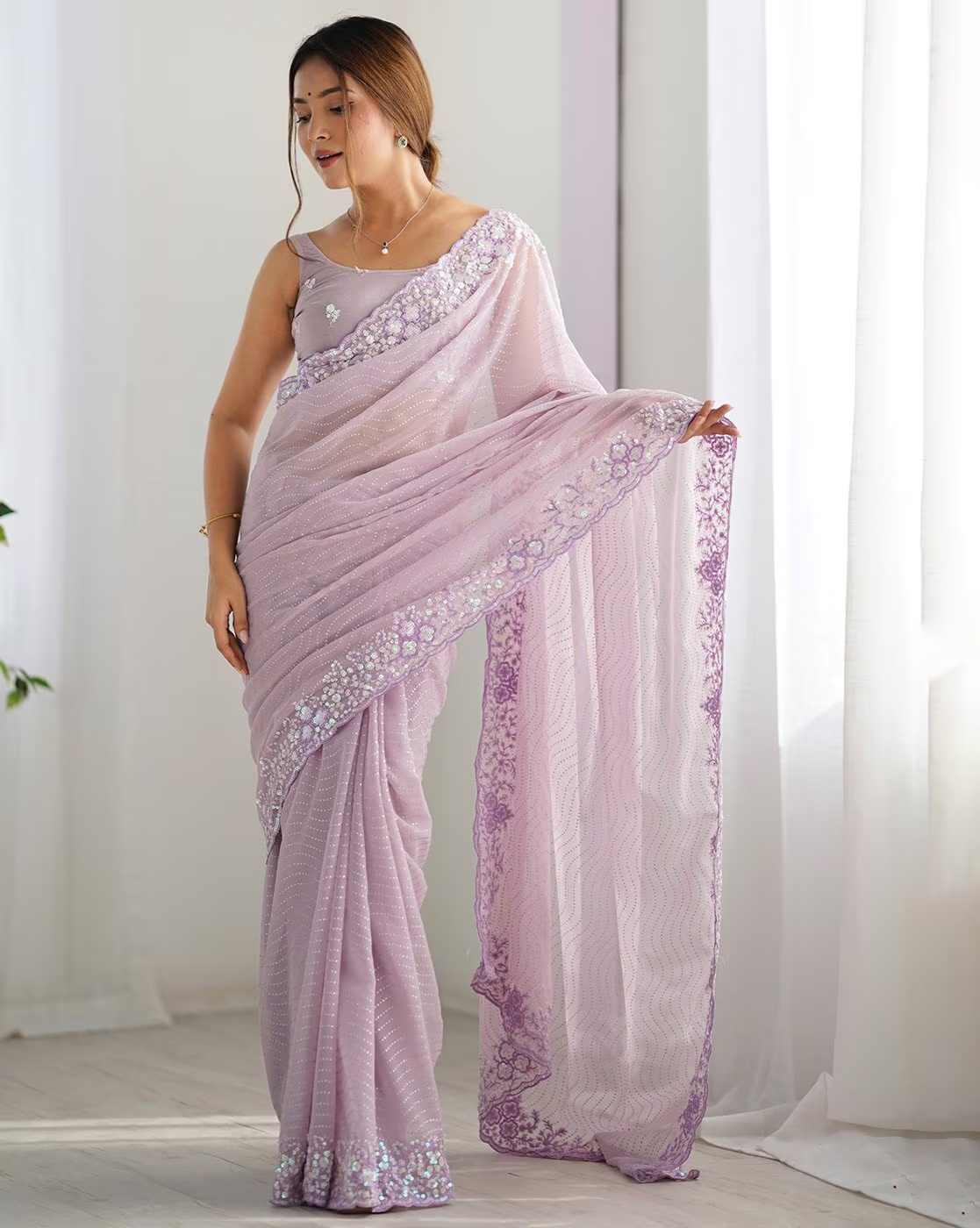
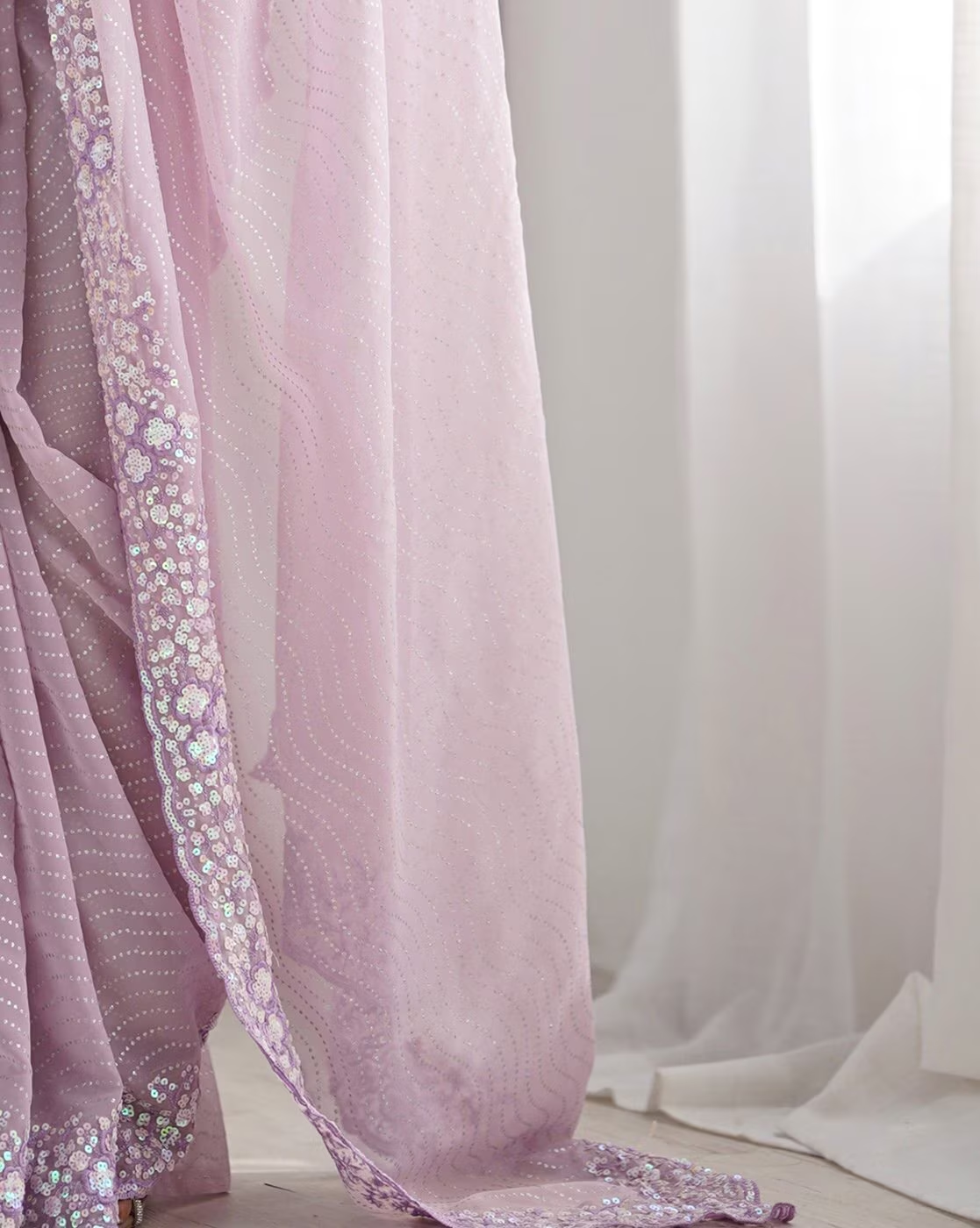
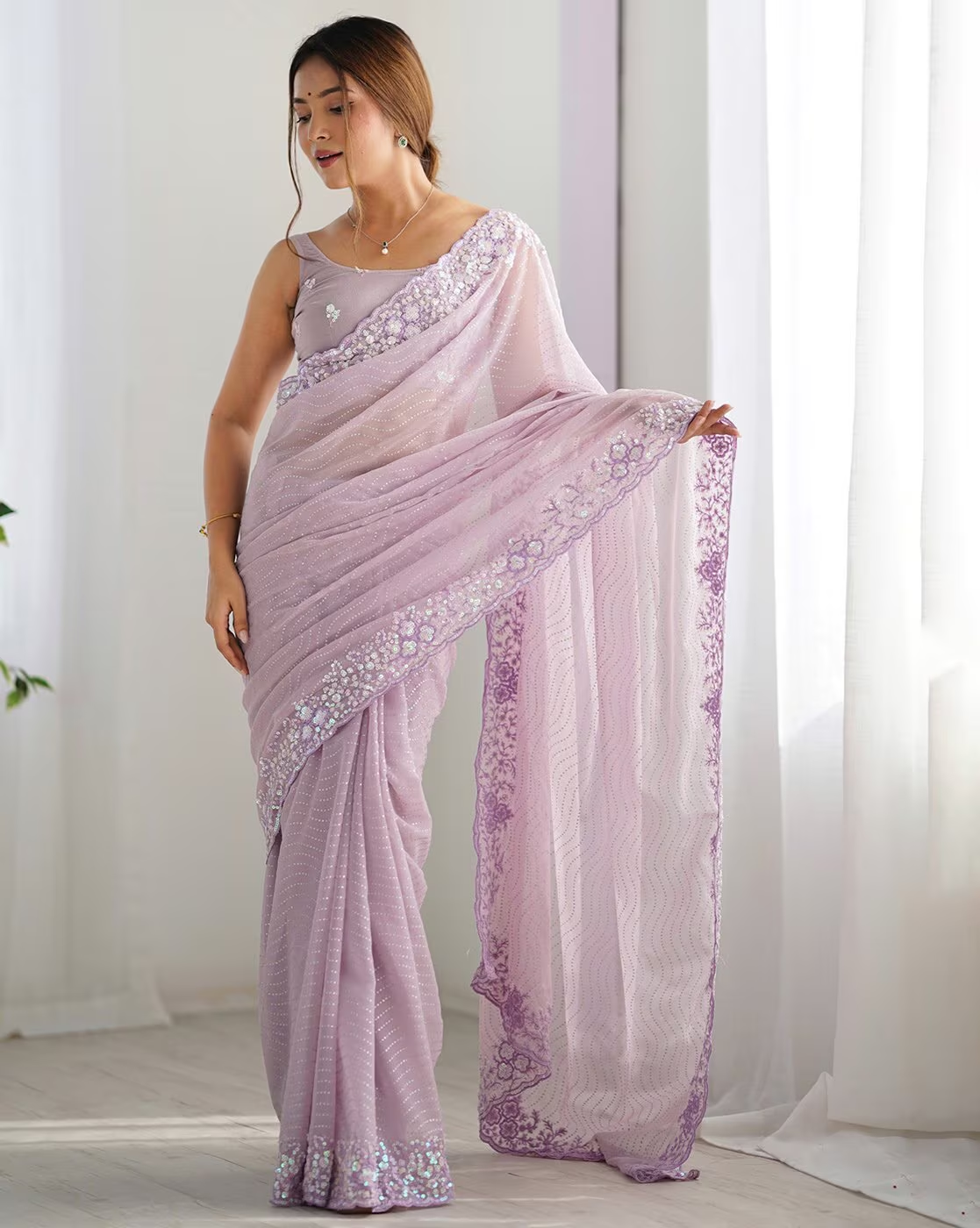
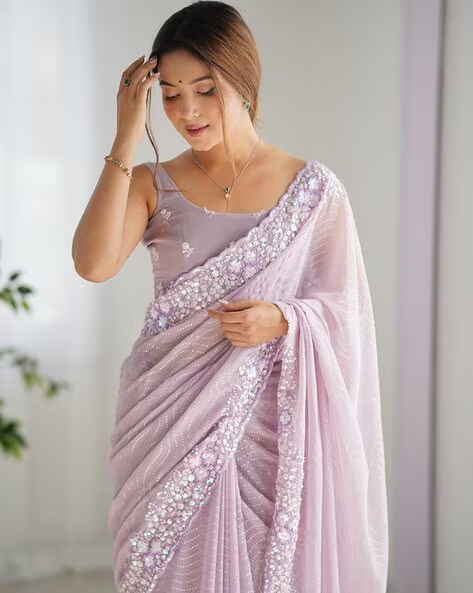
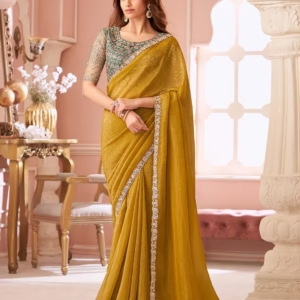
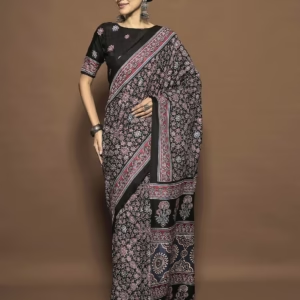
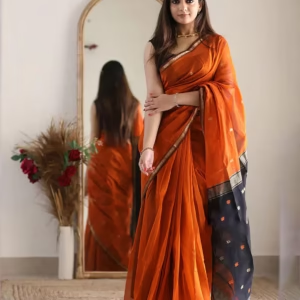
Reviews
There are no reviews yet.